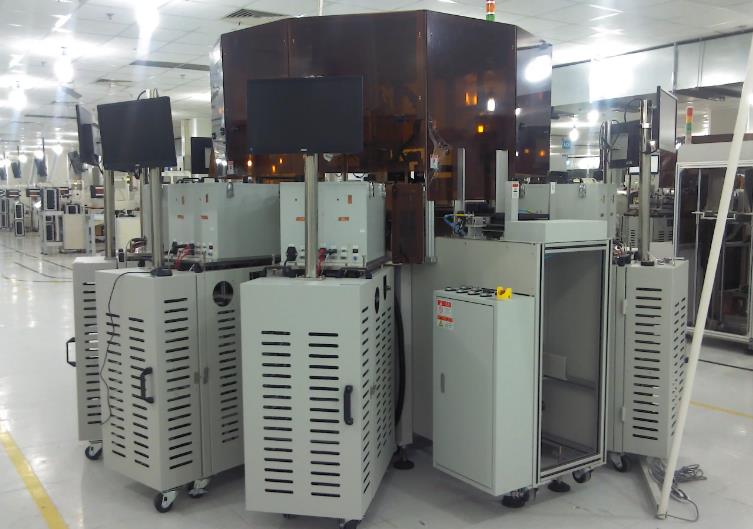PCBA reliability testing is an important link in the PCBA process to control product quality. It is to check whether the PCBA board has sufficient reliability to complete future work. It is a key step to ensuring the quality of production and delivery. Generally speaking, the PCBA reliability test is divided into the ICT test, FCT test, fatigue test, simulated environment test, and aging test.

PCBA reliability test
1. ICT test
The ICT test is mainly to test the welding condition of the components, the on-off of the circuit, the value of the voltage and current, the fluctuation curve, the amplitude, and the noise.
2. FCT test
FCT testing requires IC program firing, then connecting the PCBA board to the load, simulating user input and output, performing functional testing on the PCBA board, finding the problems in the hardware and software, realizing the joint debugging of the software and hardware, and ensure the normal front-end manufacturing and welding.
3. Fatigue test
The aging test is mainly to sample the PCBA board, simulate the high-frequency and long-term operation of the user's use of the function, observe whether there is a failure, and judge the probability of failure in the test, so as to feedback the working performance of the PCBA board in the electronic product.
4. Simulated environment test
The simulation environment test is mainly to expose the PCBA board to extreme temperature, humidity, drop, splashing, and vibration, and obtain the test results of random samples, thereby inferring the reliability of the entire PCBA board batch product.
5. Aging test
The burn-in test is a long-term power-on test on the PCBA board to simulate the user's use, keep it working and observe whether there are any failures. After the burn-in test, the electronic products can be sold in batches.
Knowledge expansion: the difference between PCB and PCBA
PCB (Printed Circuit Board), the Chinese name is printed circuit board, also known as a printed circuit board. It is an important electronic component, supports electronic components, and is a carrier for the electrical connection of electronic components. Because it is made by electronic printing, it is called a "printed" circuit board.
PCBA (PCB Assembly) refers to the process of mounting, inserting and soldering bare PCB components. The circuit boards we usually see are soldered with components on the basis of PCBs, namely PCBA, and PCBs are "bare boards" and "light boards".
Note: SMT and DIP are both ways to integrate parts on the PCB. The main difference is that SMT does not need to drill holes on the PCB. In DIP, the PIN pins of the parts need to be inserted into the holes that have been drilled.
SMT (Surface Mounted Technology) surface mount technology mainly uses mounters to mount some tiny parts on the PCB. The production process is: PCB board positioning, solder paste printing, mounter mounting, and reflow Furnace and finished inspection.
DIP stands for "plug-in", that is, inserting parts on the PCB board. This is the integration of parts in the form of plug-ins when some parts are larger in size and are not suitable for placement technology.
The main PCBA production process is: sticking adhesive, plug-in, inspection, wave soldering, printing and finished inspection. The above is the PCBA reliability test method we shared